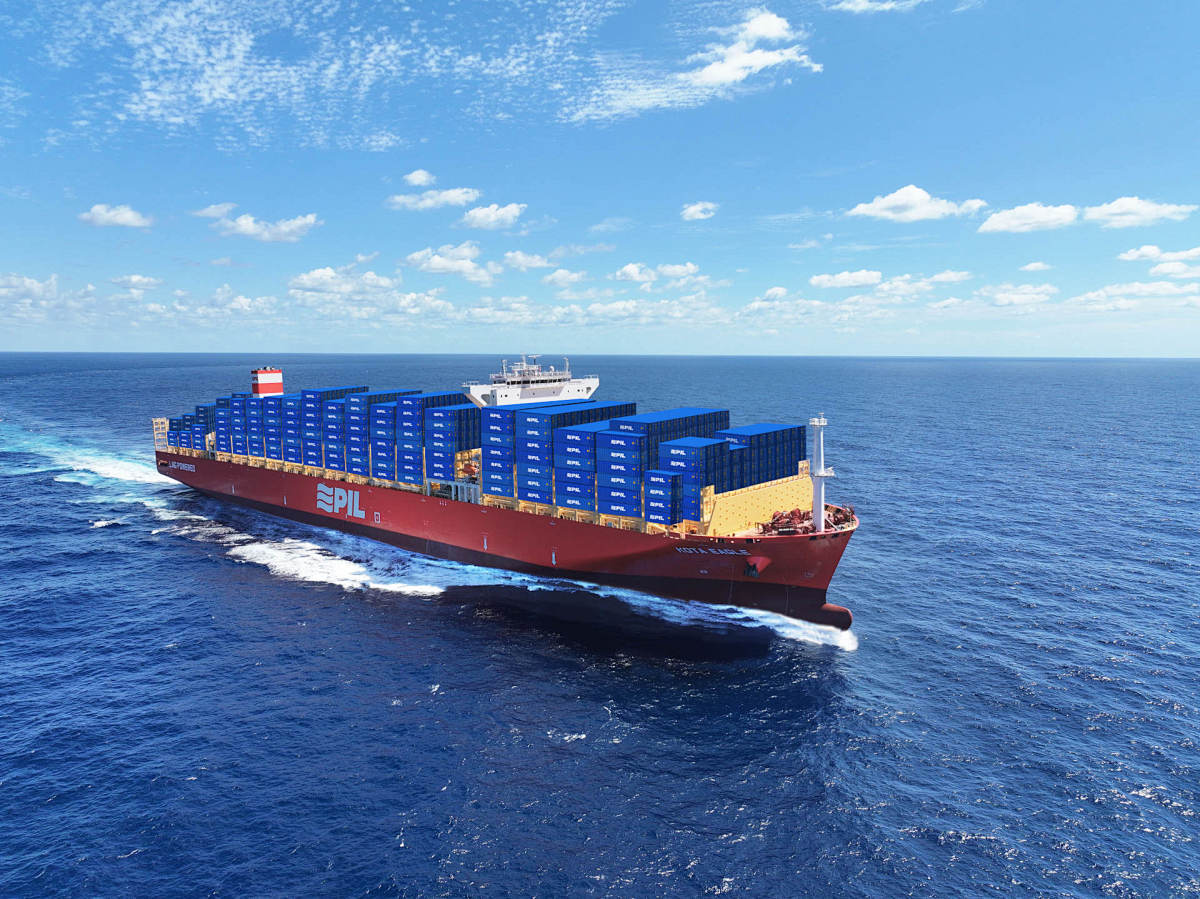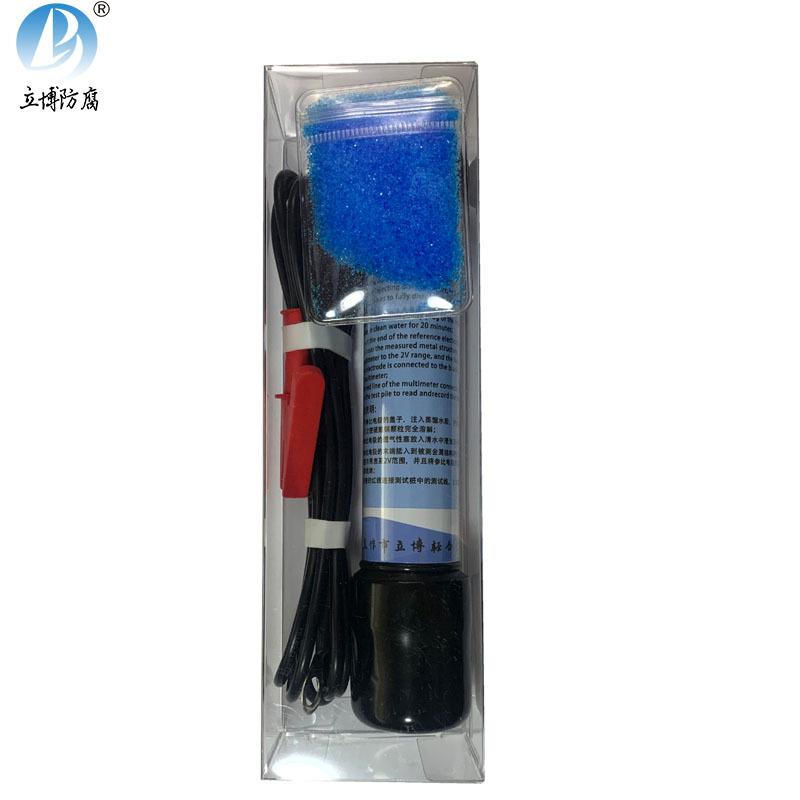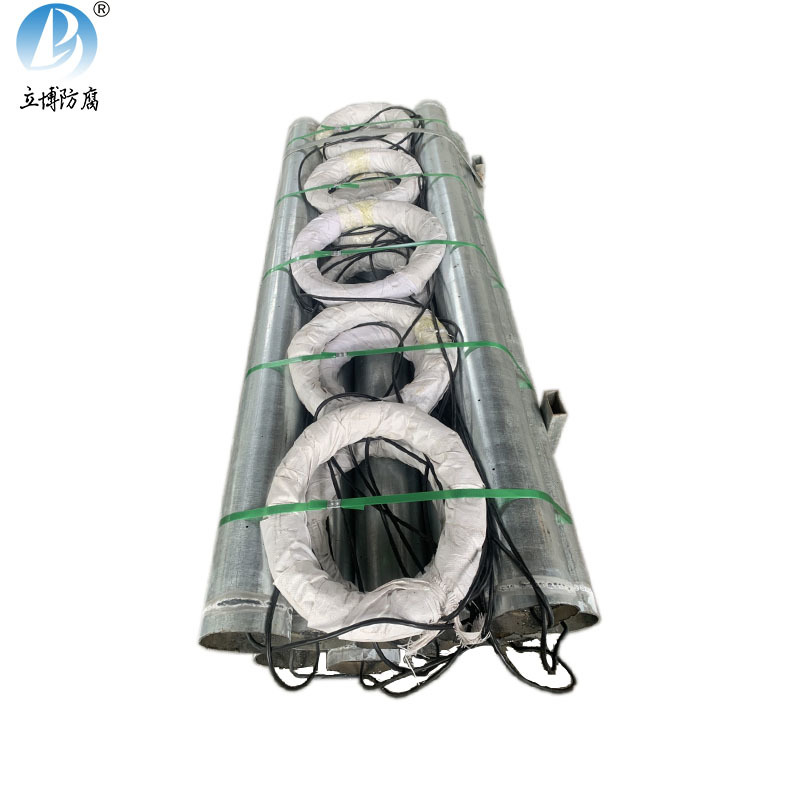Exploring the Benefits of High Potential Magnesium Anodes in Architectural Applications
Release time:
2025-07-18
In the field of architecture and construction, the longevity and durability of materials are paramount. High potential magnesium anodes have emerged as a pivotal solution to combat corrosion, which poses a significant threat to the structural integrity of buildings and other constructions. By exploring the benefits of these anodes, we can better understand their essential role in modern architectural practices.
In the field of architecture and construction, the longevity and durability of materials are paramount. High potential magnesium anodes have emerged as a pivotal solution to combat corrosion, which poses a significant threat to the structural integrity of buildings and other constructions. By exploring the benefits of these anodes, we can better understand their essential role in modern architectural practices.
High potential magnesium anodes are cathodic protection devices designed to prevent the electrochemical corrosion process in metallic structures. Unlike traditional sacrificial anodes, high potential magnesium anodes operate at a higher voltage, making them more effective and longer-lasting. They are primarily made from magnesium alloy, which is specifically engineered to provide superior protection against corrosion in various environments, particularly in marine and soil applications.
Corrosion is a natural process that can severely damage metal structures over time. High potential magnesium anodes protect against this phenomenon by acting as sacrificial anodes. They corrode preferentially, thereby preserving the underlying metal. This proactive approach to corrosion management can extend the lifespan of steel reinforcements in concrete, pipelines, and other critical components.
One of the standout features of high potential magnesium anodes is their longevity. Unlike traditional anodes that may require frequent replacements, high potential magnesium anodes provide extended protection, often lasting several years before needing to be replaced. This durability can lead to significant cost savings in materials and labor over the life of a project.
In an era where environmental considerations are of utmost importance, high potential magnesium anodes shine as a sustainable choice. The materials used are often recyclable, and their effectiveness in preventing corrosion means less material waste and lower environmental impact over time. Furthermore, they contribute to the overall sustainability of structures, enabling architects to design buildings that are both beautiful and functional.
Investing in high potential magnesium anodes can seem costly initially; however, when viewed through the lens of lifecycle costs, they prove to be an economically sound choice. The reduction in maintenance, repair, and replacement costs over time translates into long-term savings for building owners and contractors. These anodes drastically reduce the need for expensive repairs related to corrosion damage, ultimately leading to a higher return on investment.
While high potential magnesium anodes are designed for longevity, regular maintenance is essential to ensure optimal performance. Periodic inspections should be conducted to check for any signs of wear or degradation. If any issues are detected, timely replacement can prevent further corrosion damage.
Additionally, monitoring the electrical potential of the anodes can provide insights into their effectiveness. Adjustments may be necessary depending on environmental changes or the degradation rates observed.
The integration of high potential magnesium anodes into architectural applications offers unparalleled benefits, including effective corrosion prevention, long-lasting solutions, environmental sustainability, and cost-effectiveness. By understanding and utilizing these innovative materials, architects and engineers can enhance the durability and longevity of their projects. As the demand for sustainable and resilient structures continues to rise, high potential magnesium anodes stand out as a crucial component in the future of architectural design.
Key words:
Learn more about industry dynamics
The company's main products: magnesium alloy sacrificial anode series, aluminum alloy sacrificial anode series, zinc alloy sacrificial anode series, and cathodic protection supporting products, such as more than a dozen varieties and hundreds of specifications.
Focus on the development and production of cathodic protection materials
online message
We will contact you within one working day. Please pay attention to your phone or email.








